By Sushil Kutty
Chief Justice of India Justice Sanjiv Khanna has only a short six-month tenure to leave a stamp on India’s psyche. His predecessor Justice DY Chandrachud got two years and he left a stamp, which now refuses to leave him in peace. CJI Chandrachud allegedly played possum with the Places of Worship Act, 1991 and now there’s a question mark on the Act, for which CJI Sanjay Khanna has to find a solution. The answer won’t be easy forthcoming.
That’s because over and above the regular religions, there’s Secularism, perhaps the most potent and compelling ‘religion’ of all time. Both the ‘country’ and the people, irrespective of which faith, have to follow Secularism. Stray from the beaten path of Secularism and there would be hell to pay at the public square and in the ‘bottle-maar’ TV debates.
The Places of Worship Act, 1991 was enacted to save Secularism and stop chaos from taking hold. Three decades and more later and it’s the Places of Worship Act which needs “saving”. There are people gunning for the Act. The same people gunning for Secularism. CJI Sanjay Khanna has the job now to save both, the Act as well as Secularism. His bench of three has to rule on the constitutional validity of the Places of Worship Act.
Non-seculars, i.e., the ‘communal’, have come to control the reins of power. The only saving grace is the system is playing truant. But that hasn’t stopped those gunning for Places of Worship Act from going after it. In the cross-hair, there is only a certain genre of Places of Worship, which are being surveyed with the intention to locate evidence of long-dead places of worship.
CJI Sanjay Khanna constituted a three-judge bench to hear a batch of six petitions, one of which is by the Jamait e-Ulema Hind and supports the Places of Worship Act. The other five want the Places of worship Act to go, lock stock and barrel. But then, there can be only two outcomes: Either the Places of Worship Act goes or the Places of Worship Act stays.
Forget amendments and forget the halfway house. December 12, the special three-judge bench was to begin hearing the five “challenges” to the Places of Worship Act. This, even as more mosques were being lined up for survey, including the Ataala Mosque in UP’s Jaunpur, and the Noorie Masjid in UP’s Fatehpur, with the Noorie Masjid also getting Chief Minister Yogi Adityanath’s ‘bulldozer treatment’ for encroaching on a main Fatehpur thoroughfare.
Chief Minister Yogi Adityanath has no time for niceties and he’s going full-throttle with bulldozer action. The action also included raids on the Samajwadi Party’s Sambhal MP, Zia-ur-Rahman Barq and his cohorts. Over 300 illegal firearms were found in the raids. Barq allegedly was the “mastermind” of the November 24 Sambhal violence on the day of the survey of Sambhal’s Shahi Jama Masjid.
Point in fact is, the Places of Worship Act, 1991 has now become the single piece of legislation at the centre of the fracas between those who want surveys of mosques and those who don’t want surveys of mosques. The Hindu-Muslim divide is stark. The fight is between those who want the Places of Worship Act, 1991 to be enforced in toto and those who want it gone from their lives, forever.
Either the mosque remains at site ‘X’ with its ‘swaroop’ dating back to Independence Day 1947 intact, or the mosque would be surveyed with the danger of the remains of a temple found! Who would want that? Definitely not those who pray at the mosque. Definitely not those who have come to regard the particular mosque at the particular spot as a symbol of religious identity and communal pride!
The Ayodhya Ram Mandir was an exception. The Supreme Court ruled and the Supreme Court’s ruling was held sacrosanct. Both sides of the aisle adhered. Will a second similar Supreme Court verdict be honoured? A third verdict, a fourth and a fifth and a sixth…going on and on till Kingdom Come? Till there are no more mosques left and the country forgets domes and spires and there is not one loudspeaker left blaring their demise!
CJI Sanjay Khanna must have some idea of what to do with the Places of Worship Act, 1991? People are watching and this is, perhaps, the most important hearing on the Places of Worship Act, 1991 – the most definitive and the most consequential in the years since the Act came into force. The Supreme Court must necessarily go by the saying no quarter given, no quarter sought.
To reiterate, the problem is there is no halfway house. It is for or against the Places of Worship Act, 1991. Will the temple ride roughshod over the mosque or will it be the other way round? What will happen if one party objects to the verdict? Should the temple priest be given another chance to exude quiet exuberance? The Maulana and his cohorts won’t be able to do zilch. Then, what happens?
Prime Minister Narsimha Rao’s gift to secular India is on test. Rao was a connoisseur of languages, but will he be heard and understood so many years later? Will the Supreme Court favour the temple or the mosque? Last of all, what will the government do? The government cannot escape dilly-dallying. Prime Minister Narendra Modi has to make his stand clear. What does his government want?
A Hindutva Prime Minister of a Hindu nationalist party will be put to test. Is he real or was he his entire constituency for a ride? The BJP’s Hindu vote-bank, which has been serving Modi and the party for 11 long years, is waiting to hear what he says and what he stands for. Finally, it’s the time! (IPA Service)
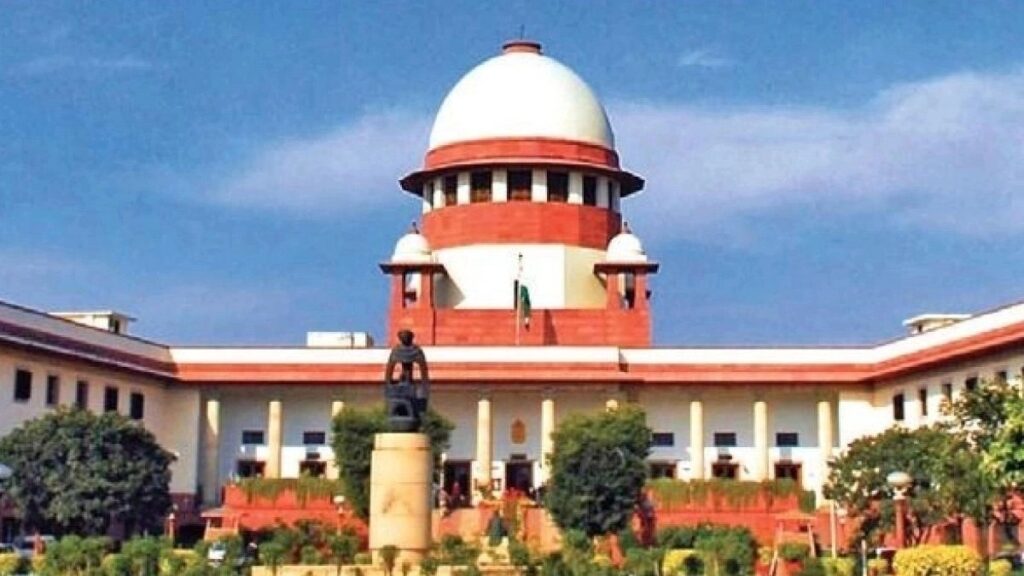
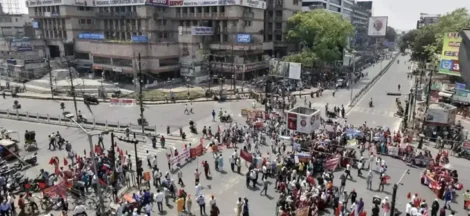
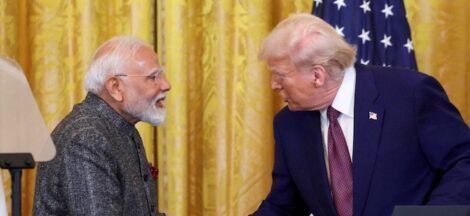
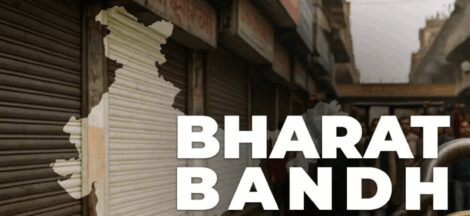
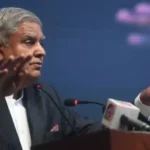 Opposition’s Impeachment Notice Against Vice President Is Unprecedented
Opposition’s Impeachment Notice Against Vice President Is Unprecedented 